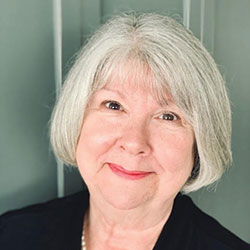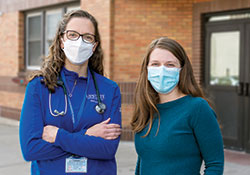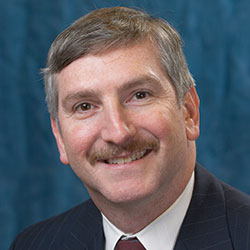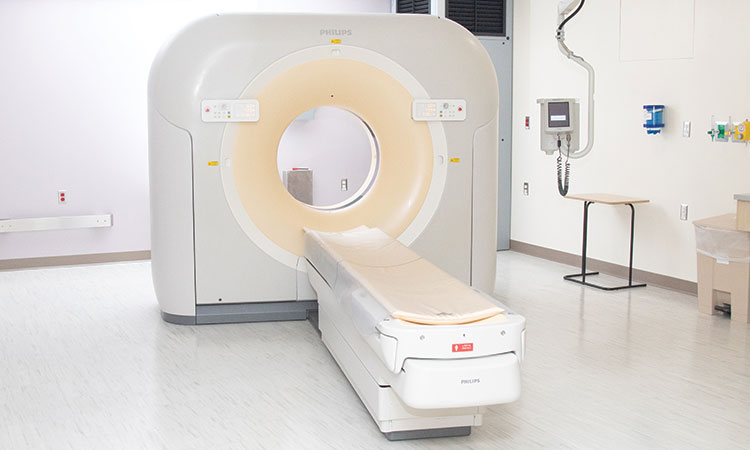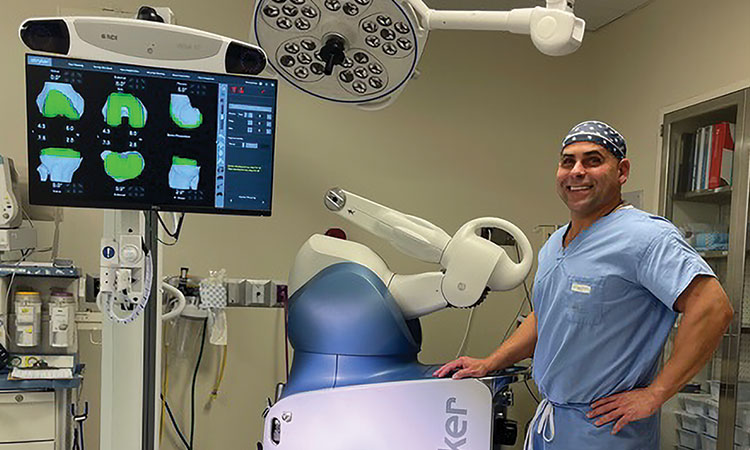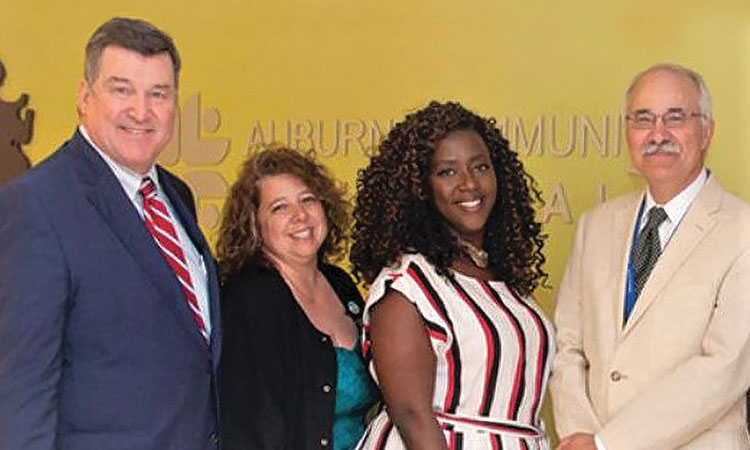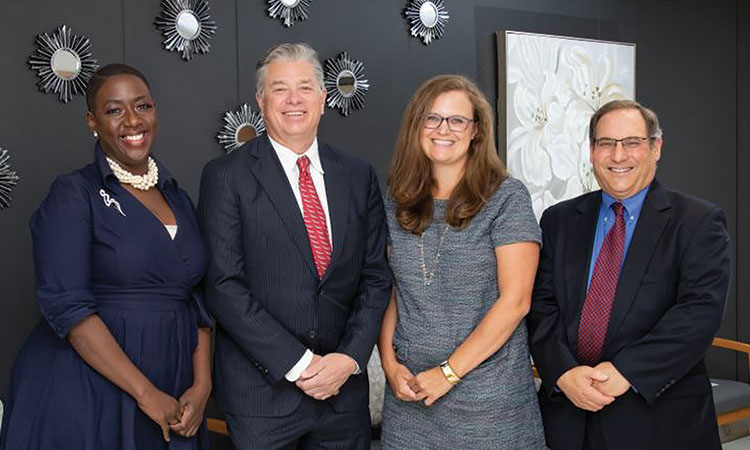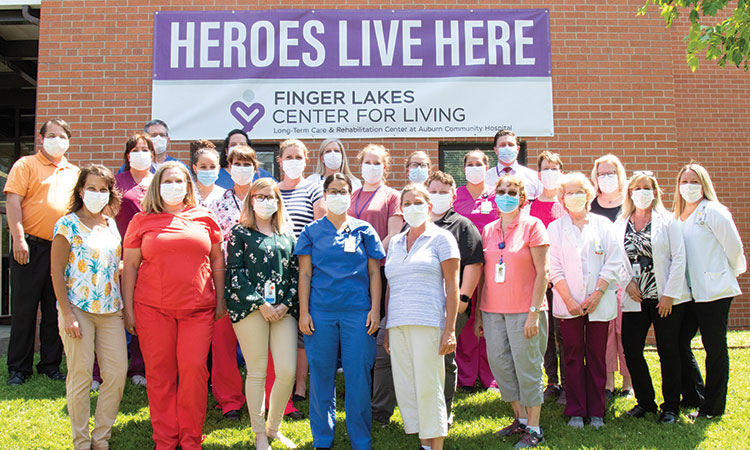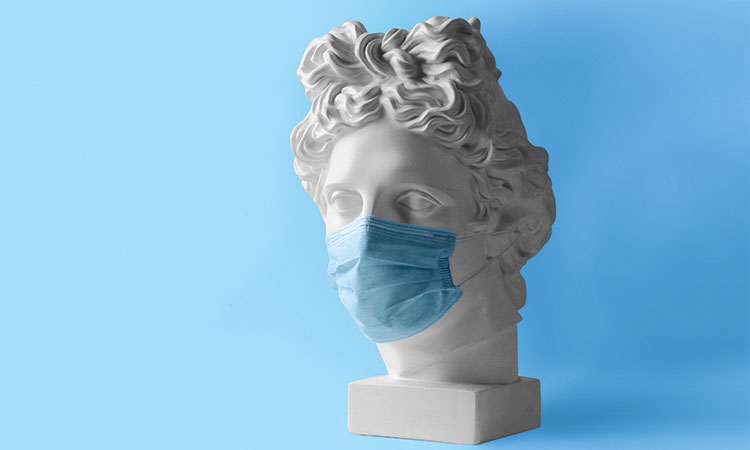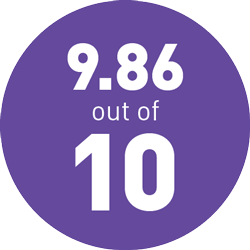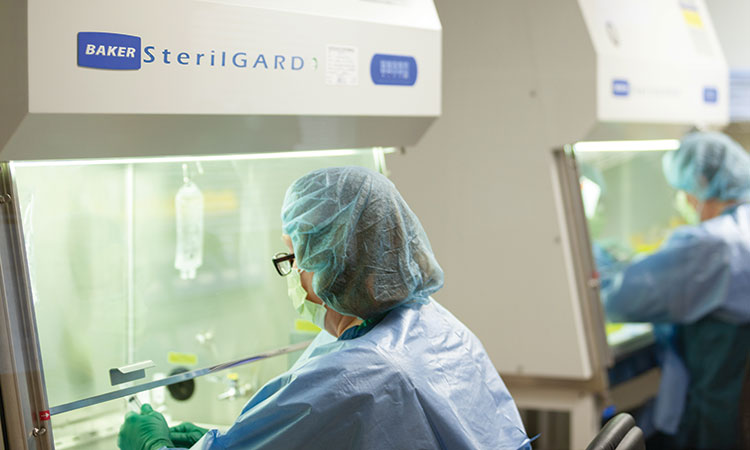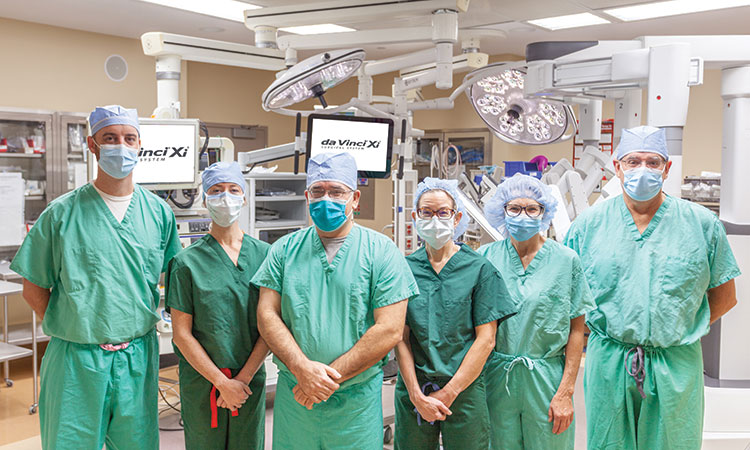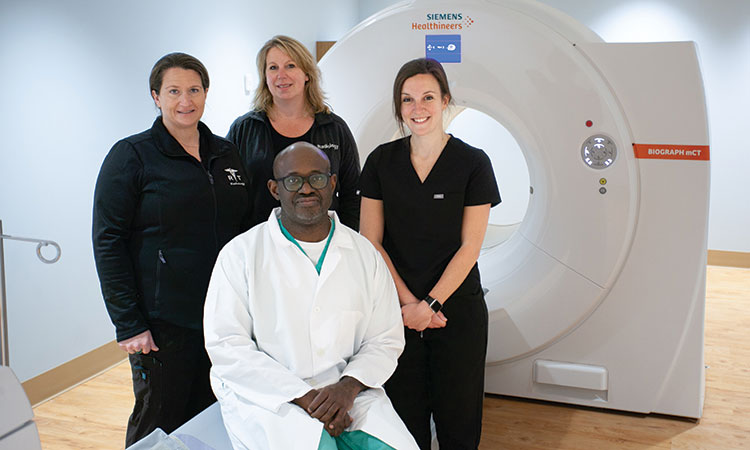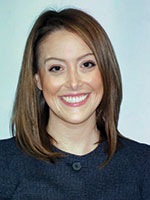By Jennifer Negley, Vice President, Risk Strategies Company
Thursday, April 14, 2022
The trend toward shifting cost to the individual physician is almost guaranteed to continue.

To no one’s surprise, this year’s 2021–22 New York State Proposed Executive Budget comes with another attack on the Section 18 excess. The last few budget cycles, however, saw the focus move from eliminating the excess altogether — something the hospital lobby has stringently argued against — to shifting the coverage cost to individual physicians. While originally enacted to help hospitalists avoid financial losses due to their “deep pocket” status, it has subsequently become a budget nightmare.
While necessary at inception due to the extremely litigious environment in New York, Section 18 has been chronically underfunded, risking the viability of the program all together. In 2013, steps were taken to reduce the number of physicians receiving the “free” excess. Hospitals were given a proportion of slots based on the number of the previous year’s participants. Those physicians newly applying would need to remain on a waiting list until slots opened from physicians who did not reapply from the previous year.
While this did achieve some reduction in the number of individuals obtaining coverage it did little to shrink the cost within the state’s budget. Fast-forward to last year when it was proposed that physicians pay for half of the coverage cost, which received little pushback from the hospital lobby since the all-important limits would remain in play. With COVID-19 raging on, creating a tremendous financial strain, it was eventually dropped as an undue burden during a continuing healthcare crisis. Proposing this during a pandemic is evidence of how eager those in Albany are to eliminate this cost from the state’s budget.
The latest iteration in this year’s budget requires physicians to front the cost. As noted in MLMIC’s The Albany Report, “The Governor proposes to require Section 18-eligible physicians and dentists to pay the entire premium for excess medical professional liability (MPL) coverage and then be reimbursed by the state for their up-front payment in two equal installments, the first to be paid one year after the policy period began (July 1, 2023) with the second installment reimbursement payment made a year later (July 1, 2024).”
With this split, reimbursement practices will constantly be in the negative, getting only half of the 2022 cost back when having to pay for 2023’s premiums. Most practices would find this financially untenable. To put this in perspective, a radiologist in the Syracuse area’s excess cost is approximately $1,258 annually and an OB/GYN would pay an additional $13,884.
While not every hospital requires excess coverage, physicians at hospitals that do or ones who simply want the additional financial protection these limits afford need to keep an eye on these proposals. The trend toward shifting cost to the individual physician is almost guaranteed to continue for future budgets.
It is vital for physicians or practice leaders to stay informed and advocate. Please be sure to reach out to your carrier partners, local medical societies, or a specialist like myself, who are all deeply embedded in the New York market as trusted sources for information. Know we are available to offer the knowledge you need to protect your practice and support future endeavors.
For more information on your insurance options, please contact Jenn Negley, Vice President, Risk Strategies Company at 267-251-2233 or JNegley@Risk-Strategies.com.
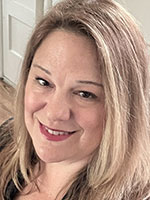
Jennifer Negley, Vice President, Risk Strategies Company
Risk Strategies, National Health Care malpractice team by the numbers:
- Supports over 6,000 clients representing over $90,000,000 in physician premiums
- Representing every major medical malpractice insurance carrier in the market. In New York, we represent MLMIC, EmPro(PRI), The Doctors Company (TDC), HIC, MedPro RRG, Coverys RRG, ProAssurance RRG, TDC RRG, AMS RRG
- Specialists with over 25 years’ experience in medical malpractice insurance
- Programs designed for independent physicians and self-insured programs as well as large practices and hospitals



